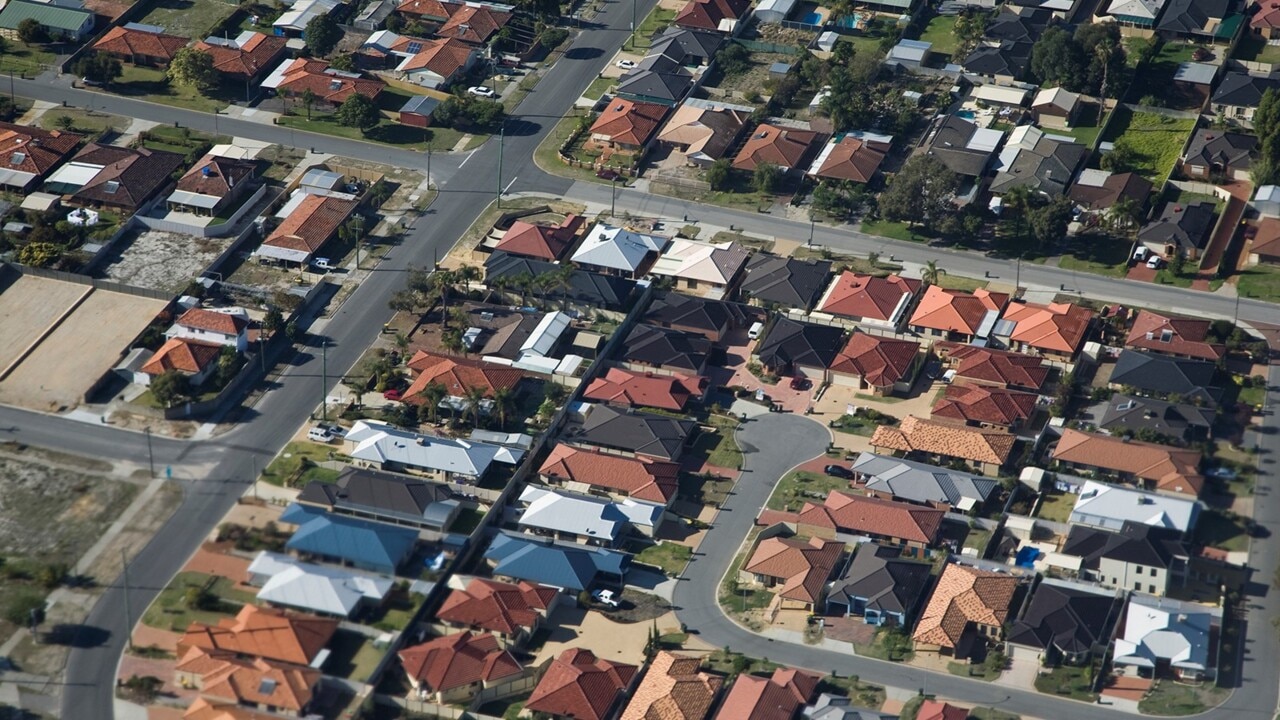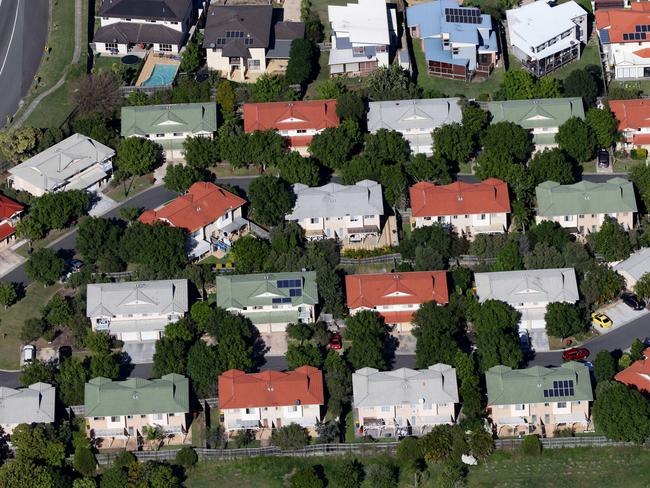Budget papers reveal 500,000 homes in 10 years would bring prices down by 20 per cent
Federal budget papers reveal building 500,000 homes in the next decade – less than half planned as part of the $11.3 billion rescue package to fix Australia’s crisis – could reduce prices by as much as 20 per cent.

National
Don't miss out on the headlines from National. Followed categories will be added to My News.
Adding an extra 500,000 homes to the Australian market over the next decade could reduce house prices by as much as 20 per cent, federal budget papers reveal.
The government is planning to build more than twice that number – 1.2 million – as part of its $11.3 billion rescue package to fix the national housing and rental crisis.
Just a 1 per cent increase in dwellings stock over the same period could reduce prices by 2.5 per cent.
The figures are laid out in a 40-page historical analysis of the nation’s housing crisis included in this year’s federal budget, which argues the nation “has been too slow to respond to demand” and the causes “are multifaceted, complex and affect all stages of the housing construction process, including all levels of government and industry”.
Australia has fewer dwellings for its population than Canada, the US and England, and is below the OECD average, according to the budget papers released this week.
Despite the housing crisis the number of dwellings per head of population actually grew from 403 per 1000 people in 2011 to 420 per 1000 people in 2022.
Even as the ratio of people to dwelling increased Australia failed to keep pace with its international peers, “falling from about 92 per cent of the OECD average in 2011 to 90 per cent … by 2022”.

Treasury data lays out the jump in recent years in the share of household income that is going towards housing.
In 2020 the proportion of income a homebuyer needed to service a new loan was 29 per cent, but three years later it had leapt to 46 per cent compared to a “long run average” of 35.7 per cent and well above the 30 per cent threshold required for a borrower to be classified as suffering from mortgage stress.
But while the percentage of income required to service a home loan has risen sharply, the cost of housing relative to income has actually been increasing for a long time, a fact that was masked by the low interest rate environment of recent years.
Budget papers show that in the March quarter of 2002, the median house price in Australia was 4.9 times the median gross disposable household income.
In March this year that statistic had grown to 8.6 times the median income.
Across the same period the “unit price to income ratio”, which reflects all types of housing, did not grow nearly so fast, “reflecting recent growth in the supply of medium high-density housing and rising land values, as medium high-density developments contain more dwellings per square metre of land”.
Budget data also shows that despite “short-term volatility” Australians are taking much longer to save for a house.
In March this year it was taking a first-home buyer 11.4 years on average to save a 20 per cent house deposit. It was six years back in 2002.
More Coverage
Originally published as Budget papers reveal 500,000 homes in 10 years would bring prices down by 20 per cent





